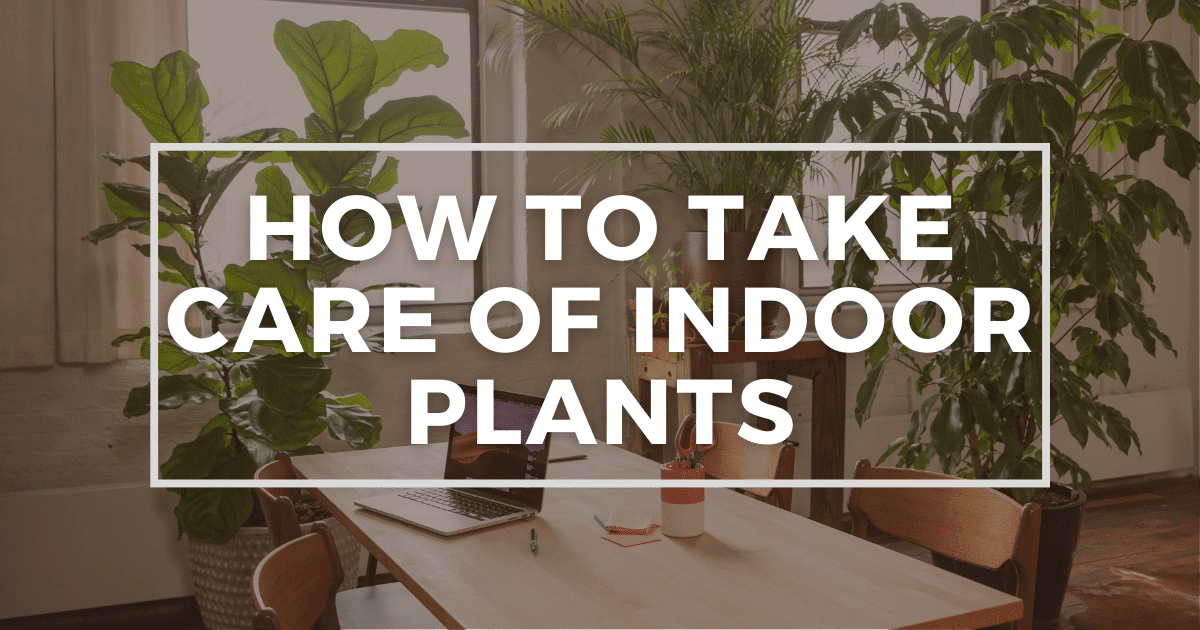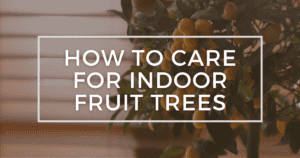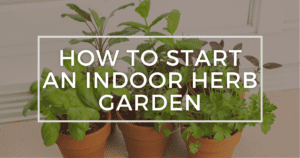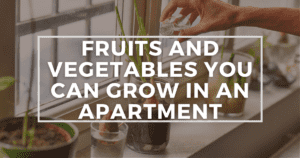Indoor gardening can be quite a challenge with the consideration of space and lighting. As we take these plants inside our homes it would be good to consider and research on how to better care for these houseplants. The main priority should be on health, management, and how to keep them happy in the space they will be living in.
Plants are alive and have self-immunity, but their health is harmed due to the following factors, or they may die in extreme circumstances:
- Inadequate amount of daylight
- Dry and cold air/ less humidity
- Chilling or hot temperature
- Inadequate watering habit
- Overdose of fertilizer
- no pruning and training
- attack of pests and disease
- lack of repotting
If you can keep these things under control, your plants will be in great health. I’ll go through all of the elements, as well as how to keep plants alive in emergency scenarios. So now you have a simple guideline to help you safeguard your plants from harm.
Things to consider for proper care of houseplants
Light
Photosynthesis is the process by which plants create food for themselves by receiving sunshine. Quality, duration, and intensity of sunshine all influence the health and growth of your houseplants.
You also need to examine the origin of the plant species. “Various plants arrive from various places around the globe and require different amounts of light. Cactus, succulents, and begonias, for example, come from lighter locations in their native environment and require a lot of direct sunlight indoors. So you have to put them in the brightest spot you know. Plants from the more partial shade, such as a Boston/Sword fern, snake plant, or a Bird’s-nest fern, are examples.”
The plant may survive in the summer, but as winter approaches, both the quality and amount of light fall by 30% in all places and even up to 50% in certain cooler climates.
Plants that produce Flowers require 12-17 hours of daily sunshine. While leafy plants require 14-17 hours of daily sunshine.
Tips for perfect light:
- If plants are located at the distance from the light/window, move them closer to the window, especially in the cooler season/winter.
- Wash windows to let as much light as possible pass in.
- Remove dirt from the foliage of the plants, so the leaves may feed on the majority of the light sources.
- Use artificial illumination, particularly if the planter is too large to transport.
- Fluorescent bulbs provide enough lighting. Compared to traditional grow lights, they are less costly and produce less heat. Keep these bulbs at a range of 5-13 inches from the plant for optimal results.
- In the warmer months, avoid placing the plants in direct sun. Maintain it in an area where it will receive sufficient light.
Humidity
Because most species, specifically tropic crops, require moisture, dry air can hurt them. Low humidity might cause plants to wilt, have brown color in their leaves, and lose their flowering buds. During winter, humidity levels in our homes, particularly in heated homes, may drop to 11-21%, while plants grow best in 40-50% humidity.
- If you have a humidifier at your home, do some simple tasks like arranging your planters in a place where they will also get an advantage from the humidity.
- If you can’t afford a mister, create a humid environment by yourself for the plants, using any other source.
- Begin by arranging plants close to one another. When plants transpire, they have the inherent capacity to produce water vapors through stomata (small leave holes), therefore clustering these plants together will create the most hydration.
- Another option is to position your plants close to the dish or any pot full of water, this is an old method. You may also dip the planters or pot of plants in the dishwater, but not completely submerged.
- To provide moisture to the plants, fill a sprayer halfway with fresh water and mist it over them.
Temperature
A minimal temperature variation has an impact on small or infant plants. We have houseplants species mostly in our homes, and they are from tropical climates. The ideal temperature range for houseplants is 64-75 degrees Fahrenheit throughout the day. Similarly, at night, the temperature may drop to as low as 10 degrees Fahrenheit but no lower than 51 degrees Fahrenheit.
Tips:
- A thermometer that displays the temp may also help to adjust the temperature. As a result, you may make modifications as needed without fear of temperature decreases.
- Plants must not be put so near to the window glass that their leaves come into contact with the window/glass. As a result, plants must be maintained at a minimum of feet away from plants.
- Pull plants at distance from windows since glass froze overnight due to the cold climate and heat up during hot summers. You may also use a shield/filter material to protect your plant from direct glass contact.
Water
The most common problem with houseplants is overwatering. Before watering, the soil of the plants must be completely dry in 95 percent of the cases. In real the plant needs a very small amount of water and takes it slowly through its thin roots. We should keep the soil moist so the root absorbs water slowly. We mostly add more water if they stand in the root zone they start suffocating by stopping the gaseous exchange carrying in the roots. After that root starts rotting and the effect will be also seen on the top of plants like the browning of the tips (snake plant), falling of leaves, etc.
How do you detect whether houseplants require watering? The basic explanation is that when the root area of the plant becomes dry, it requires watering. You may also press your finger into the ground/soil for 2 inches. Water the soil if your finger seems dry and the soil does not stick to your finger.
- Do a little research if you’re unsure about your plant’s watering demand. You can increase humidity by using a humidifier in your room.
- Watering the plants too little or too much might kill them.
- If you notice green mold on the soil surface or constant standing of water at the container base, this condition indicates overwatering.
- If there is any water continuously standing in the pot, drain it. Roots saturated in water is detrimental for the plant as this will develop root rot.
- Overhydration can be indicated by discoloration, a decrease in vegetative growth, death of immature leaves, and mushy rotting spots.
- Dehydration is also indicated by retarded leaf development, brown and dry leaf margins, and bottom leaves that turn yellow and twisted.
- Too much cold and hot water might harm the roots of indoor plants, causing them to die even faster. Icy water, on the other side, might cause your plant to go into dormancy, which will slow down its growth.
What is the best way for watering a succulent? Succulents may result in specific problems for several individuals because we think of them as low-maintenance plants. Nonetheless, we’ve all had that cheerful desk succulent turn gloomy overnight. When it comes to succulents, it’s important to consider their natural surroundings. Water the succulent when its soil mixture is 100% dry. It may take 2 weeks for the soil to completely dry. If you water it more then it will rot quickly.
Fertilizer
Ensure that your plants are well-fed at all times, regularly to give them the potential, so they will grow to their full capacity. Fertilize plants less frequently in colder climates or throughout the winter, when daylight hours are shorter. Fertilize plants again during the plants growing season.
- Most houseplants thrive on a balanced fertilizer of 10:10:10 (N: P: K). Plants in our house rely entirely on a soil mixture of pots and good fertilizers. This is the reason, you must repot and replenish the soil of your plants with new nutrition; or else, your plants will perish over time.
- Blooming plants require a potassium-rich fertilizer.
- A leafy plant, on the other hand, requires a nitrogen-rich fertilizer or soil for pots.
- Succulents and cacti may thrive in a desert climate. They need a particular potting mixture that is intended to properly drain water. Likewise, a pot having a lot of holes in the base is also an option. These help plants from retaining a moderate amount of moisture in their pot, with an excess of water drained through the holes.
- If you add tea or coffee to your home plant, it will become a reason to attract insects that will damage the plant. Moreover, sugars inside the drinks are also a good place for insects to breed.
Pests
When both the temperature and humidity are high, this is the best condition for the emergence and multiplication of pests. Sometimes this season allows fast growth of weeds which attract different pests and insects. So if we keep the plot clean from weeds and spray insecticide or pesticides on time our greens will be safe from all hazards.
If unfortunately, some insect or disease attacks our plants. The first thing you need is to identify the insects; they are divided into root/ soil pests, foliage, and vegetative pests. Then go to the nearest plant store and ask them to suggest the best pesticides and also note down the concentration of mixing quantities which are used to make this spray. Spider mites, thrips, mealy bugs, armyworms, fungus gnats, and many types of insects, diseases, and pests destroy plants.
Prune your plant regularly
Because some plants need their roots clipped at periodic times, it’s important to understand your plantations and their needs.
A plant that isn’t trimmed properly might outgrow its container or vase. Pruning the foliage regularly can maintain its health and avoid you from having to replace it.
Dead or diseased branches/stems mostly invite pests, so shave them off.
Repot
When pants roots are visible through the holes present at the base of the pot, it’s time to repot them since they’ve become root-bound and require a larger pot. The plant begins to wilt, and the lowest leaves turn yellow, indicating root bounding. The best time for repotting almost all plants is their active seasons, such as summer and spring.
Final Thoughts
Plants are an amazing fit for every home or office but require some attention during their growing period to be healthy. With patience going through the key factors that will assist you in handling care of your houseplants, you will have a thriving and lasting green indoor garden.




